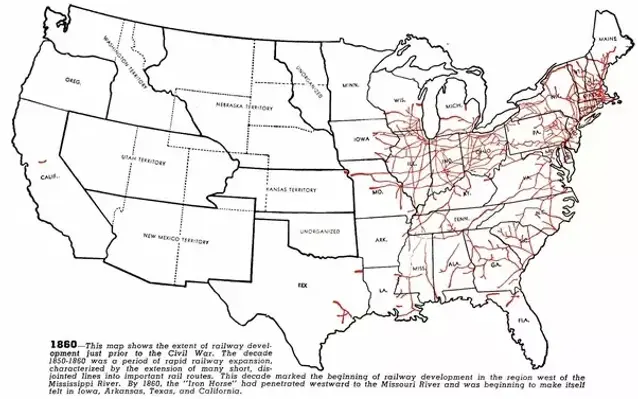
UNDER CONSTRUCTION
SullivantsHill.com
UpperColumbus.com
Today, many, if not most, of our country's top-secret installations are hidden inside our vast Air Force Bases. However, before aircraft, Washington still had to connect their secret facilities to the fastest transportation available, which was the railroad.
It wasn't until 1917 that the US government admitted to operating secret programs, so most of their previous secrets were disguised as something else.
By the late 1840s, Columbus had become that mathematical center of North America's railroads. Its central location had also turned Columbus into the nation's warehousing center. Ohio also had more miles of rail than any other state.
The railroad also turned Columbus into the fastest-growing city in the country from 1850 through the mid-1870s.
Columbus offered the nation's swiftest distribution.


However, hiding secret federal programs in a rapidly growing city was also impractical because seclusion offers far more privacy. This brings us to a shallow valley that stretches west from downtown (early) Columbus for two miles.
This tiny settlement known as Franklinton was a floodplain; it looked more like a lake after heavy storms or deep winter thaws. Franklinton's frequent floods kept Columbus's rapid expansion moving in only every other direction.
Franklinton ended at a sudden 110-foot rise called Sullivant's Hill (today's Hilltop). This nearly uninhabited hill covered about 15 square miles. Although it was secluded, railroad line 51, which opened in 1849, cut directly across Sullivant's Hill, thus providing it with the same rapid transit advantage as Columbus, plus seclusion.
This verifiable timeline exposes the steps three presidents in a row from 1868-1881 (all Ohio-born Civil War generals) took to ensure that Sullivant's Hill would remain highly isolated and secure, which worked perfectly until radios, cars, and aircraft changed all the rules after World War I (by 1918).
Oh, that cover story?
The secret security force that guarded Sullivant's Hill were the guards from, by far, America's largest building (in SF), The Hilltop Lunatic Asylum.
Craig